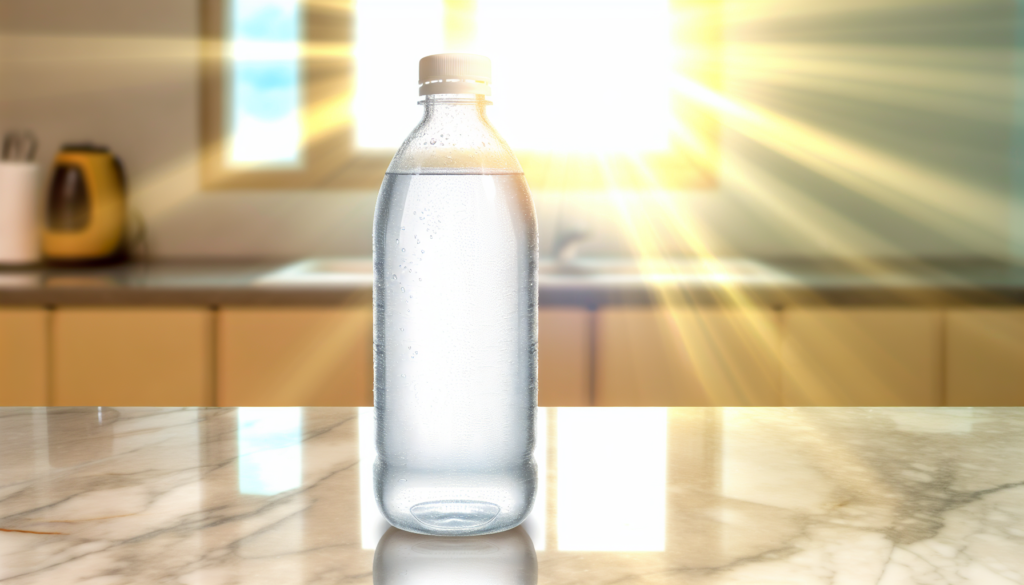Having oily, acne-prone skin can sometimes feel like a never-ending battle. One moment, your face seems under control, and the next, it’s breaking out in ways that make you want to hide from the world. The frustration is real, but the good news? It’s manageable. With the right approach, you can tame excess oil, reduce breakouts, and achieve clearer skin without turning to harsh treatments that do more harm than good. So, let’s talk about the essentials—what actually works, what doesn’t, and how you can build a skincare routine that keeps your skin balanced instead of constantly at war.
Gentle But Effective Cleansing
Washing your face too much can actually make things worse. It might feel logical to scrub away excess oil, but over-cleansing strips your skin, triggering it to produce even more oil as compensation. Twice a day—morning and night—is enough.
Look for a gentle, sulfate-free cleanser that removes dirt and oil without causing irritation. Ingredients like salicylic acid or benzoyl peroxide can help unclog pores and prevent breakouts, but if your skin leans toward sensitivity, a mild foaming or gel cleanser with tea tree oil or niacinamide may be a safer choice.
One extra tip? Don’t wash your face with hot water. While it might seem like a deep cleanse, it actually messes with your skin’s natural barrier. Stick to lukewarm water for the best results.
Don’t Skip Moisturizer (Even If You’re Oily)
A common mistake? Thinking you don’t need moisturizer just because your skin is oily. The reality is, when your skin is dehydrated, it tries to compensate by producing even more oil—which is the last thing you want.
Opt for lightweight, oil-free, or gel-based moisturizers to keep your skin hydrated without clogging pores. Look for ingredients like hyaluronic acid, glycerin, and ceramides, which provide hydration without adding excess shine.
If you’re worried about looking greasy by midday, pick a mattifying moisturizer with niacinamide or green tea extract. This helps control shine while keeping your skin balanced.
Exfoliate—But Not Too Much
Exfoliation is key for keeping pores clear, but aggressive scrubbing can backfire. If you’ve ever seen red, inflamed skin after using a harsh scrub, that’s your skin begging for mercy.
For acne-prone and oily skin, chemical exfoliation is often the better choice over physical scrubs. Beta hydroxy acids (BHAs) like salicylic acid penetrate deep into pores, dissolving excess oil and preventing blockages. Alpha hydroxy acids (AHAs) like glycolic acid help clear dead skin on the surface, giving your face a brighter look.
Use an exfoliant two to three times a week, depending on how your skin reacts. Any more, and you might end up disrupting your protective barrier, leading to irritation and even more breakouts.
Choose the Right Sunscreen
Sunscreen and oily skin don’t always go hand in hand—some formulas leave that sticky, greasy feeling that no one wants to deal with. But skipping SPF is not an option. Sun exposure worsens acne marks, increases inflammation, and accelerates aging.
Go for a lightweight, oil-free sunscreen with at least SPF 30. Gel-based or mattifying sunscreens are great because they protect without making your skin feel like an oil slick. Zinc oxide and titanium dioxide also help absorb excess oil while providing broad-spectrum protection.
A bonus? Many sunscreens now come with added skincare benefits, like niacinamide to control shine or green tea extract to calm inflammation.
Spot Treatments That Actually Work
Sometimes, despite your best efforts, a breakout sneaks up on you. This is where spot treatments come in handy.
Look for ones with benzoyl peroxide, salicylic acid, or sulfur—these help kill bacteria, reduce redness, and dry out blemishes. If you’re dealing with deep, painful cystic acne, a dab of hydrocolloid pimple patches overnight can help draw out gunk and speed up healing.
One word of caution: More product doesn’t mean faster healing. Applying spot treatment excessively can dry out surrounding skin, making breakouts even more noticeable.
Mind Your Diet and Lifestyle
Your skincare routine is crucial, but what you put into your body also plays a big role. While no food directly causes acne, some trigger flare-ups more than others.
Certain studies suggest high-glycemic foods (sugary snacks, pastries, white bread) and dairy can contribute to breakouts. Try swapping these out for nutrient-packed foods like:
- Leafy greens and berries (loaded with antioxidants)
- Fatty fish like salmon (rich in omega-3s, which help with inflammation)
- Probiotic-rich foods like yogurt or kimchi (to promote gut health, which influences skin health)
Stress is another sneaky acne culprit. Ever notice that breakouts seem to pop up right before a big event or during stressful periods? That’s because elevated cortisol levels trigger oil production. Finding ways to unwind—whether it’s yoga, meditation, or just a good night’s sleep—can help keep your skin calm, too.
Stick to Your Routine and Be Patient
Let’s be real: No skincare routine works overnight. It’s tempting to try every trending product or switch routines when you don’t see instant results, but consistency is the real game changer. Give products at least four to six weeks to show improvement before deciding they don’t work.
And one last thing: Don’t compare your skin journey to others. Everyone’s skin is different, and while someone might clear up with a certain routine, you might need a different approach. The key is finding what works for you—and sticking with it.
Clear skin isn’t about erasing all imperfections; it’s about keeping your skin healthy, balanced, and happy—and that’s completely achievable with the right care.



